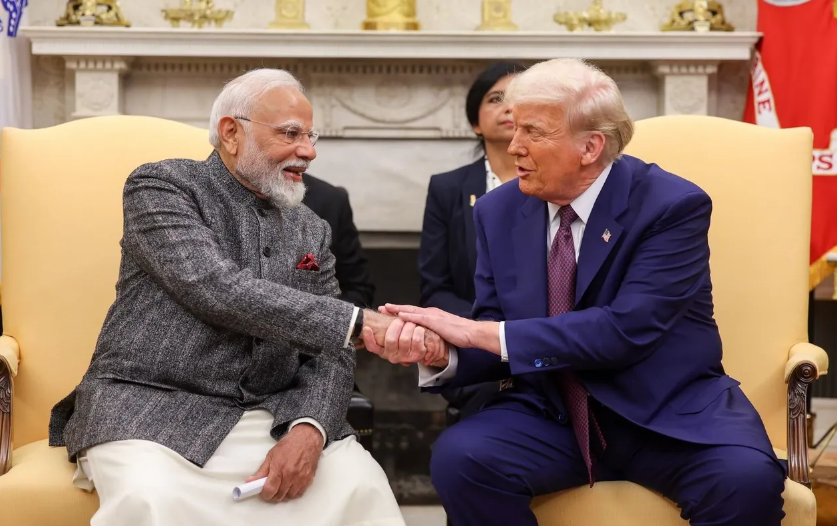New Delhi/Washington: India and the United States are in the advanced stages of negotiations on a bilateral trade agreement, with six rounds of discussions already completed. A senior Indian government official said both countries are close to a first-phase trade deal, which is expected to address U.S. market-access issues and reduce by nearly 50 percent the additional tariffs imposed on Indian goods during the Donald Trump administration. The proposed Bilateral Trade Agreement (BTA) has two components, of which the first — containing issues considered easier to resolve — is nearing conclusion. The second component is expected to take more time. The official noted that a tariff-resolution package is almost finalized, after which the 25 percent duties on several Indian products are expected to be rolled back.
The official said the objective of the U.S.–India trade framework is to double bilateral trade from the current USD 191 billion to USD 500 billion by 2030. The United States is pushing for broader access to the Indian market for items such as almonds, pistachios, apples, ethanol, and genetically modified products. For the fourth consecutive year in 2024–25, the U.S. remained India’s largest trading partner, with bilateral trade totaling USD 131.84 billion, representing nearly 18 percent of India’s total merchandise exports, 6.22 percent of imports, and 10.73 percent of overall goods trade.
In a parallel development, U.S. President Donald Trump has extended strong support to a proposed Senate bill that would impose tariffs of up to 500 percent on imports from countries continuing trade relations with Russia. India, the second-largest buyer of Russian energy after China, could face significant implications if the measure is approved, according to Bloomberg. Responding to the issue, the Indian official said the government has not yet undertaken a detailed examination of the proposal, but emphasized that India’s trade decisions will remain guided by its bilateral interests and national economic requirements.






